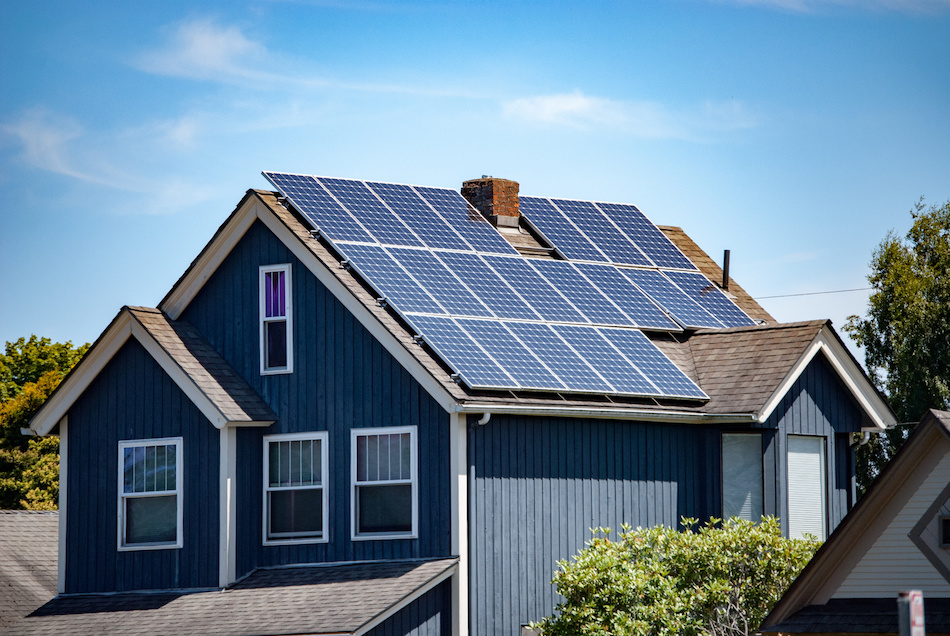Do You Need Residential Solar Panels?
Posted by Justin Havre on Friday, January 19th, 2018 at 9:12am.
 Solar power has only gotten better over the past few years, to the delight of environmentalists everywhere. Not only are costs down, but homeowners have more options when it comes to installation and aesthetic options. But solar power may not be the best idea for every homeowner just yet, depending on location and the condition of the Riverview home. See what new technology is available before you decide to outfit the roof with new panels.
Solar power has only gotten better over the past few years, to the delight of environmentalists everywhere. Not only are costs down, but homeowners have more options when it comes to installation and aesthetic options. But solar power may not be the best idea for every homeowner just yet, depending on location and the condition of the Riverview home. See what new technology is available before you decide to outfit the roof with new panels.
The Basics of Solar Power
Solar panels use solar cells to turn the energy from the sun into power, with one cell giving off between 1 to 2 watts of power. The process works by turning the photons of light into an electric field that can be used to create electricity for the home. The solar cells are usually protected from the outdoor elements with the help of glass and plastic materials.
The more cells are grouped together, the more power will be generated. Most panels are around 992 x 1650 x 42mm in size. This is the most common type of solar power being used for residential homeowners, but the options have widened beyond the panels.
Further Options
Community solar is a way for homeowners to benefit from a shared collection of solar cells to maximize the sun's potential, with all costs split between the participants in the program. There may even be initiatives in an area to generate more interest in solar power in an effort to keep costs down. There's also plug-and-play solar, which uses a larger electric grid to draw power from.
This concept requires zero installation, making it the simplest option of all. All a homeowner has to do is plug a modular unit into the wall to convert their power to solar. These units are currently controversial though, with many areas in the US banning them for safety reasons.
Practical Applications
There's a reason why more homes haven't switched over to solar power, and it's because the cells need direct sunlight to work. Ideally, the slant of the roof should be around 15 – 40 degrees with the roof facing toward the south to get the most utility from the sun's rays. Roofs that are near the end of their lifespan or have plenty of cloud or tree coverage are not good candidates.
A calculator called PVWatts estimates how much power will be generated based on the weather, state of the roof, and space of the home. The most accurate estimate though will come from a solar power expert, so homeowners should get an expert's opinion before officially moving forward.
Financial Matters
For homeowners who live in sunny areas with strong environmental local policies, they'll be pleased to know that many areas offer tax incentives and benefits. The amount of money saved on utility bills will be based on the amount of sunlight the cells get and the cost of rates in a specific area. However, most people will see significant costs savings with solar while helping the environment. Not only that, but adding solar power will usually raise the resale value of the home.
With costs of solar power going down and environmental benefits going up, homeowners should consider solar power as a potential way to save money on their utility bills. As the technology advances, homeowners should expect to see even more attractive options and benefits to switch to clean energy.
